Q: When a tree falls in the forest and nobody is around to hear it, does it make a sound?
A: Yes.
That’s an easy question to answer. It’s not a 3000-year-old philosophical conundrum with no answer. Sound is simply a pressure wave moving through some medium (e.g. air, or the ground). A tree falling in the forest will create a pressure wave whether or not there is someone there to listen to it. It pushes against the air, for one. And it smacks into the ground (or other trees), for two. These will happen no matter who is around. As long as that tree doesn’t fall over in the vacuum of space (where there is nothing to transmit the sound waves and nothing to crash into), that tree will make “a sound”. (There are also sounds that humans cannot hear. Think of a dog whistle. Does that sound not exist because a human can’t hear it?)
What if it’s not a tree? What if it’s 120 million metric tons of rock falling onto a glacier? Does that make a sound? To quote a former governor, “You betcha!” It even causes a 2.9 magnitude earthquake!
That’s right! On 28 June 2016, a massive landslide occurred in southeast Alaska. It was picked up on seismometers all over Alaska. And, a pilot who regularly flies over Glacier Bay National Park saw the aftermath:
If you didn’t read the articles from the previous links, here’s one with more (and updated) information. And, according to this last article, rocks were still falling and still making sounds (“like fast flowing streams but ‘crunchier'”) four days later. That pile of fallen rocks is roughly 6.5 miles long and 1 mile wide. And, some of the rock was pushed at least 300 ft (~100 m) uphill on some of the neighboring mountain slopes.
Of course, who needs pilots with video cameras? All we need is a satellite instrument known as VIIRS to see it. (That, and a couple of cloud-free days.) First, lets take a look at an ultra-high-resolution Landsat image (that I stole from the National Park Service website and annotated):
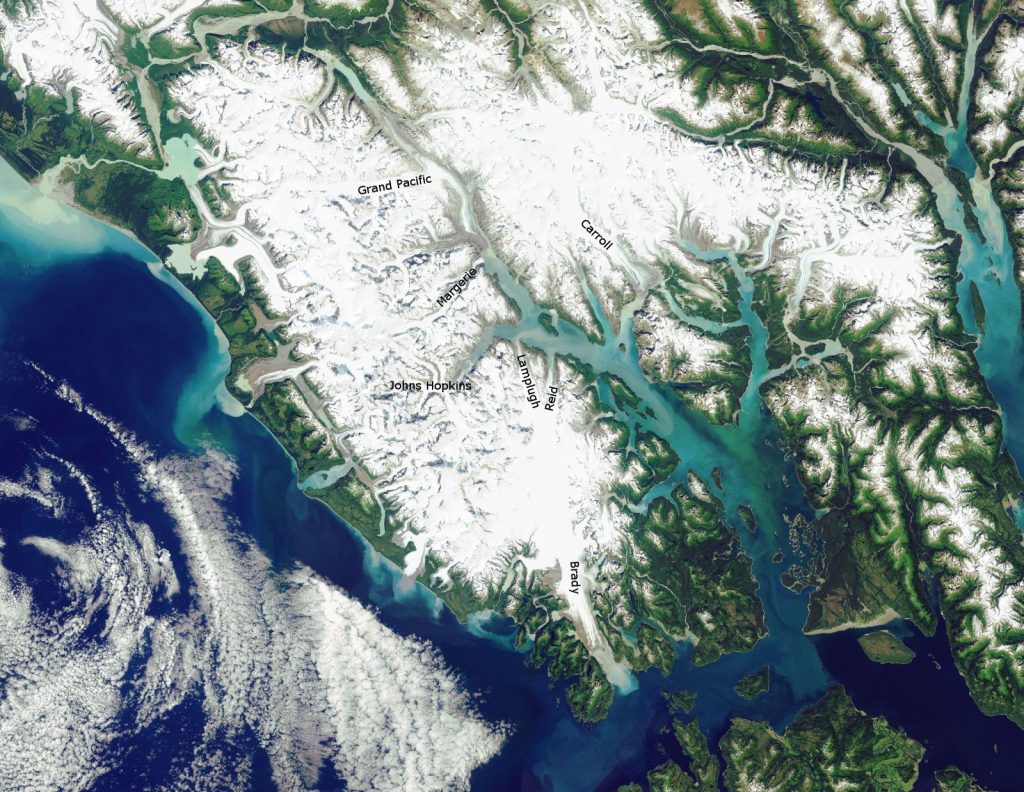
Of course, you’ll want to click on that image to see it at full resolution. The names I’ve added to the image are the names of the major (and a few minor) glaciers in the park. The one to take note of is Lamplugh. Study it’s location, then see if you can find it in this VIIRS True Color image from 9 June 2016:
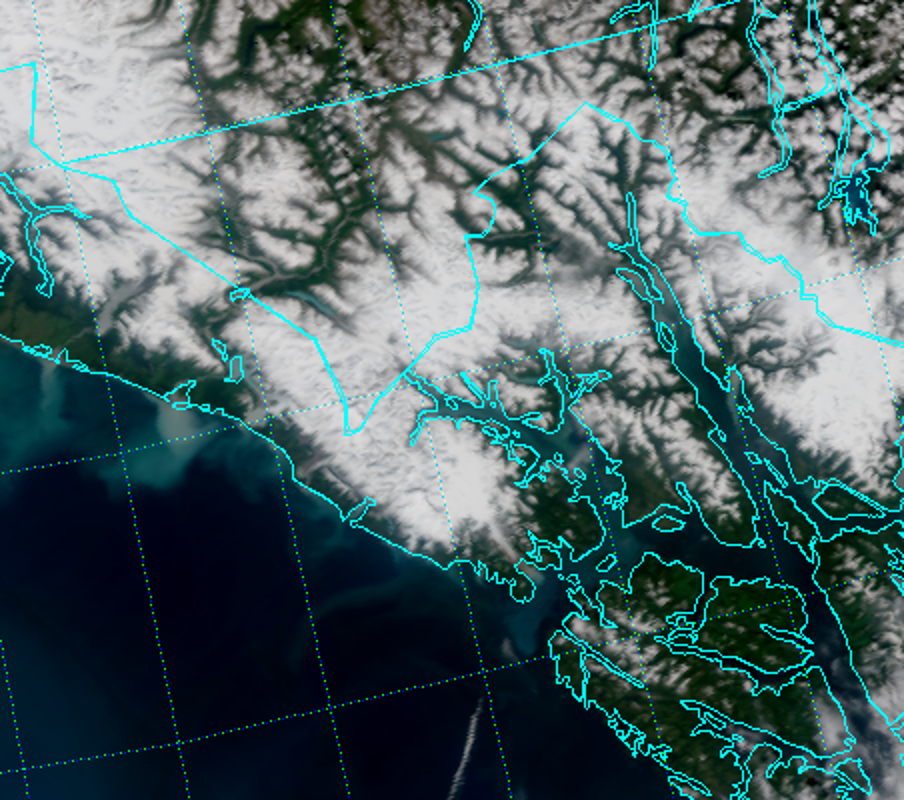
Anything? No? Well, how about in this image from 7 July 2016:
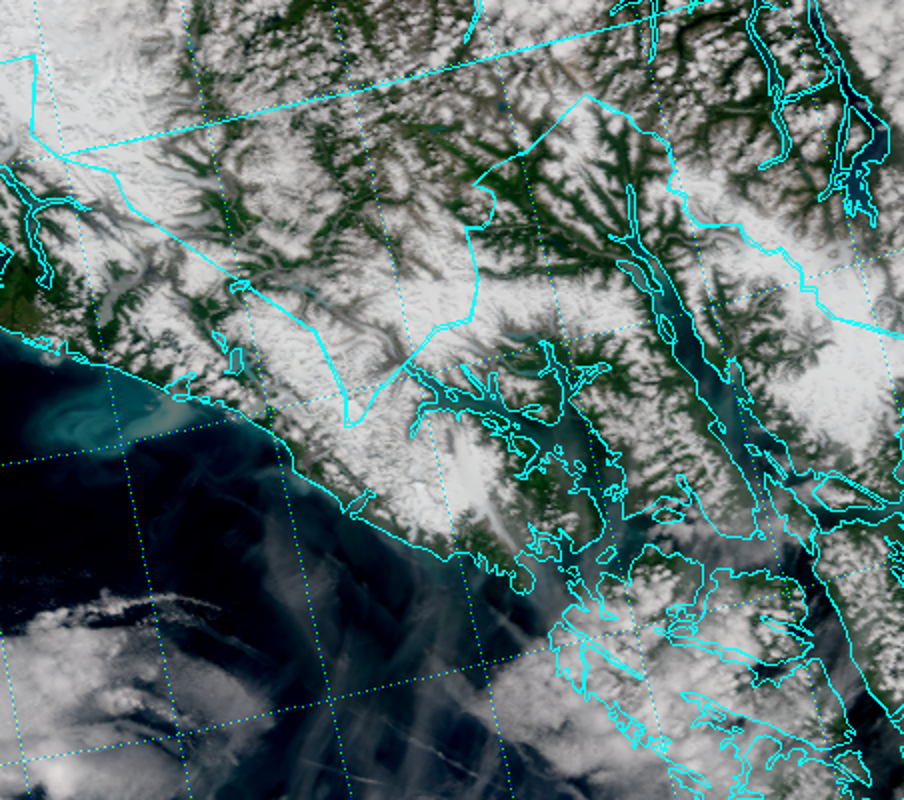
I see it! If you don’t, take a look at this animated GIF made from those two images:
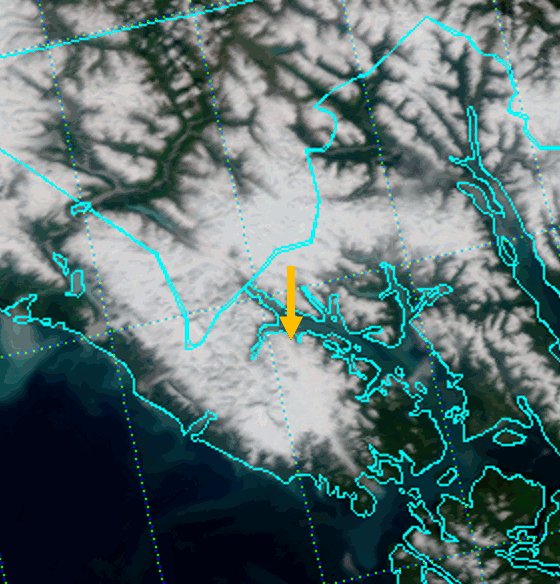
The arrow is pointing out the location of the landslide. Of course, with True Color images, it can be hard to tell what is cloud and what is snow (or glacier) and with VIIRS you’re limited to 750 m resolution. We can take care of those issues with the high-resolution (375 m) Natural Color images:
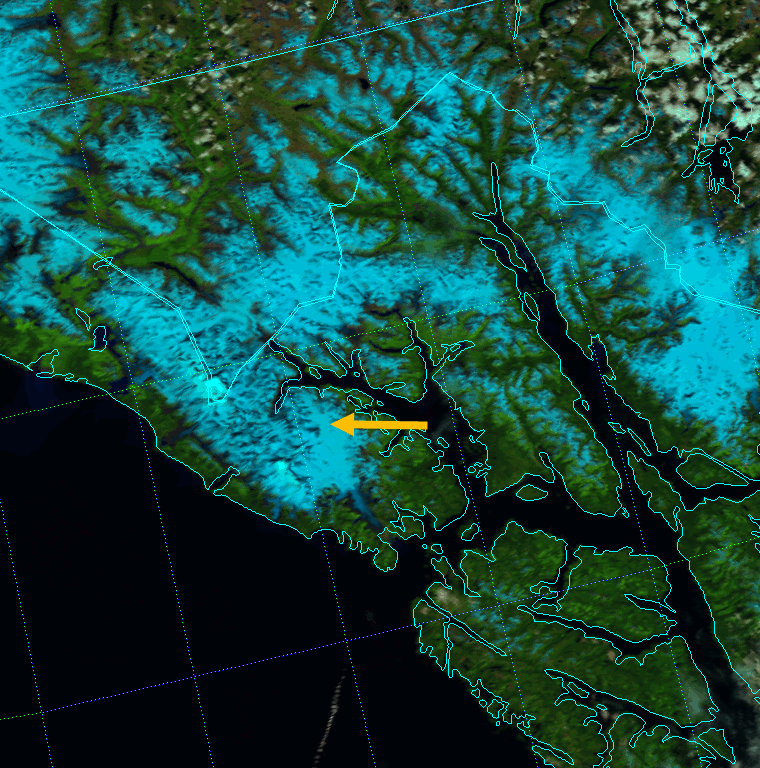
Make sure you click on it to see the full resolution. If you want to really zoom in, here is the high-resolution visible channel (I-1) imagery of the event:
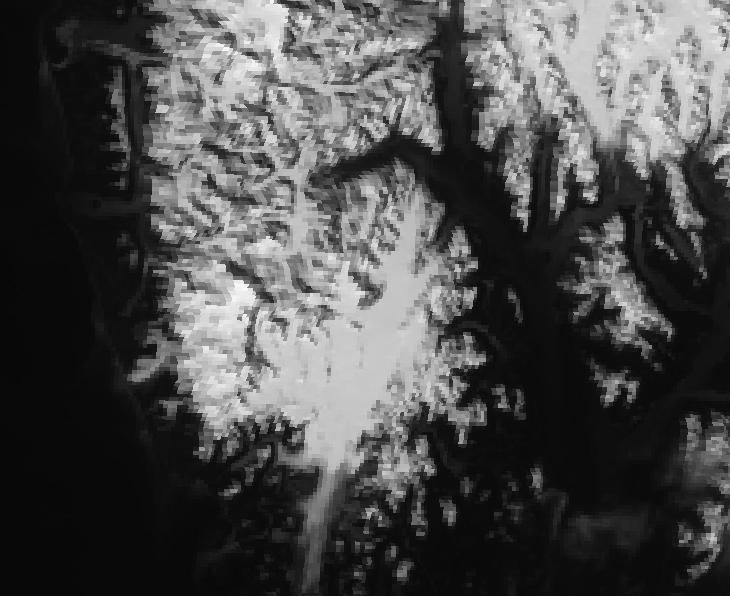
You don’t even need an arrow to point it out. Plus, if you look closely, I think you can even see some of the dust coming from the slide.
That’s what 120 million metric tons of rock falling off the side of a mountain looks like, according to VIIRS!